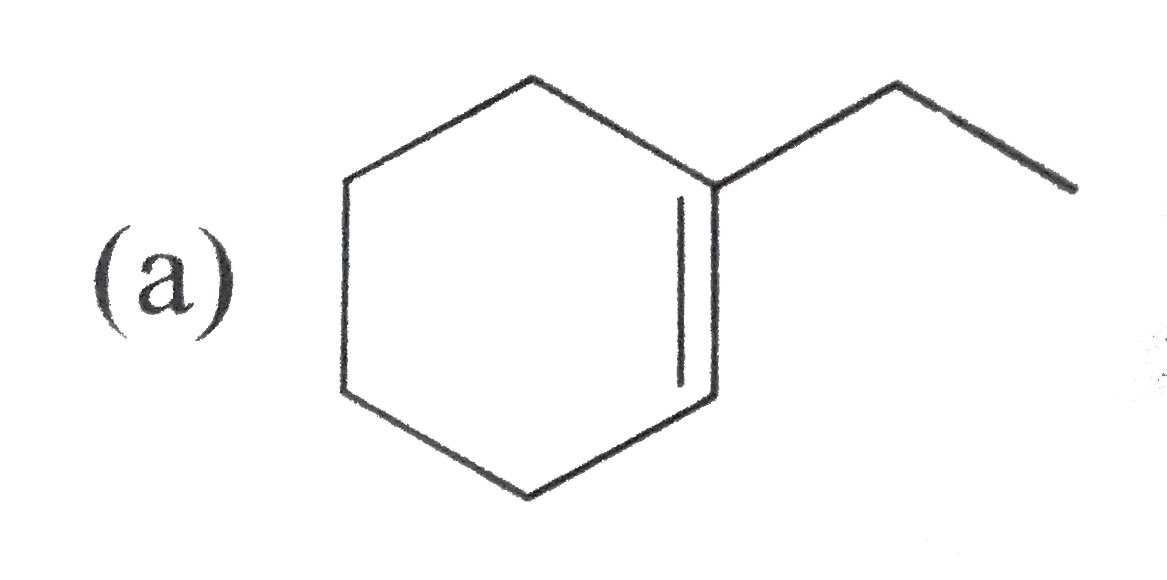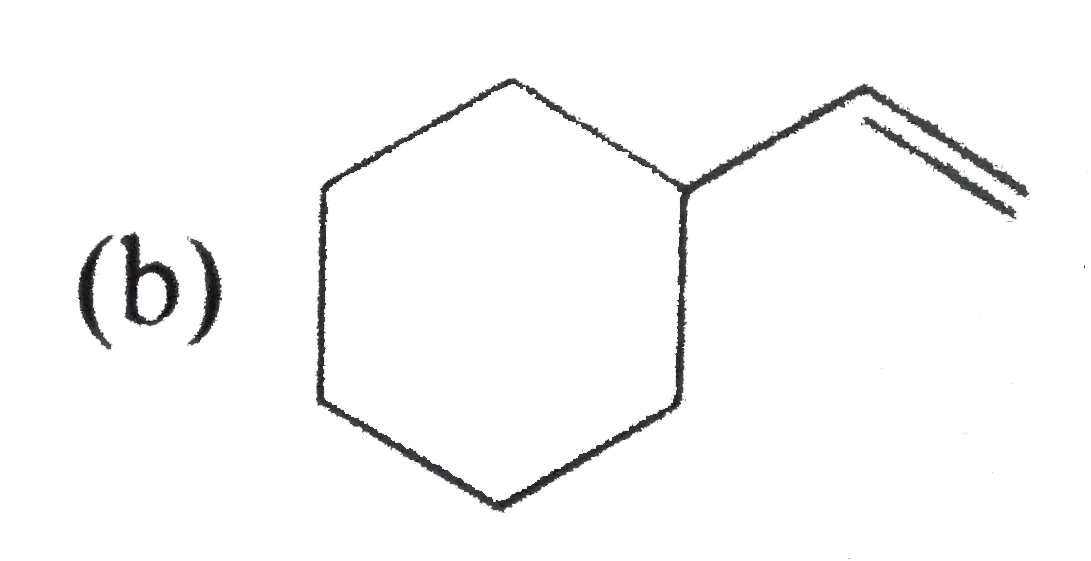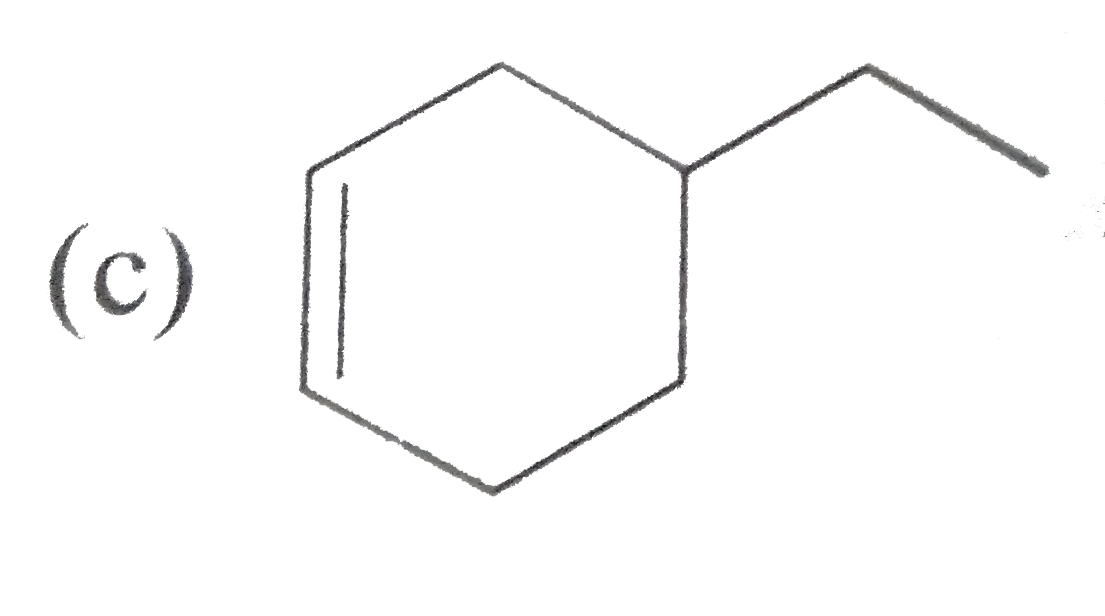A
B
C
D
Text Solution
AI Generated Solution
The correct Answer is:
|
Topper's Solved these Questions
HYDROCARBONS
A2Z|Exercise Benzene|23 VideosView PlaylistHYDROCARBONS
A2Z|Exercise Section B - Assertion Reasoning|27 VideosView PlaylistHYDROCARBONS
A2Z|Exercise Methods Of Preparation Of Alkanes|31 VideosView PlaylistENVIRONMENTAL CHEMISTRY
A2Z|Exercise Section D - Chapter End Test|30 VideosView PlaylistHYDROGEN
A2Z|Exercise Section D - Chapter End Test|30 VideosView Playlist
Similar Questions
Explore conceptually related problems
Knowledge Check
Similar Questions
Explore conceptually related problems
A2Z-HYDROCARBONS-Method of Preparation of Alkynes
- A mixture of CH(4),C(2)H(4) and C(2)H(2) gases are passed through a Wo...
05:29
|
Play - CH(3)CH(2)C-=CH overset(A)(Leftrightarrow)CH(3)C-=CH(3) A and B resp...
02:23
|
Play - Alkyne can be reduced to alkenes by hydrogenation in presence of
03:19
|
Playing Now - Westrosol has the following formula
00:57
|
Play - The compounds A and B in the sequence CH-=CH+H(2)O overset(H(2)SO(4),...
03:48
|
Play - CH-=C-COOHoverset(HgSO(4) // H(2)SOH(4))rarr product (A) is
02:38
|
Play - Acetylene and ethylene react with alkaline KMnO(4) to give
03:31
|
Play - Acetic acid is the only product of ozonolysis of
04:06
|
Play - Acetylenic hydrocarbons are acidic because
04:39
|
Play - Which is the most suitable reagent amon the following to ditinguish co...
05:04
|
Play - Acetylene gives
03:38
|
Play - Starting compound for PVC preparation is
02:22
|
Play - Acetylene trimerises to give benzene. The reaction occurs in the prese...
02:56
|
Play - Acetylene reacts with CO and H(2)O to form acrylic acid in the presenc...
02:56
|
Play - Which of the following compound can be prepared from acetylene by carb...
02:00
|
Play - HC-= CH on treatment with NH(3) in the presence of FE- pyrite produces...
02:38
|
Play - Acetylene reacts with HCN in the presence of Ba(CN)(2) to yield :
01:42
|
Play - The addition of HOCl to CH(3)-C-=CH in the presence of mineral acids p...
02:36
|
Play - When 2- butyne reacts with sodamide in an inert solvent in the presenc...
04:08
|
Play - The major product in the reaction CH(3)CH(3)C-=CH overset(BD(3)) und...
02:23
|
Play



